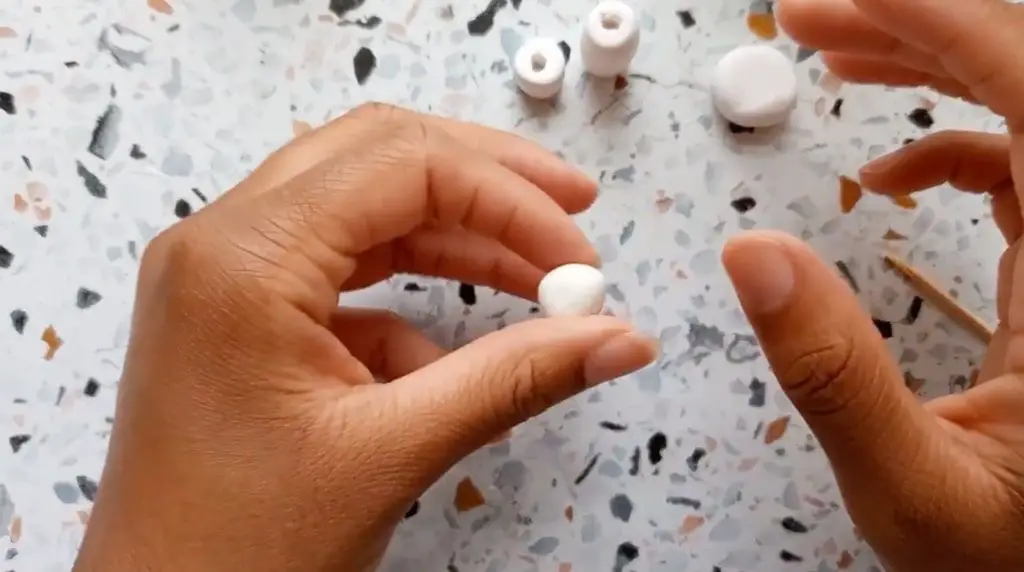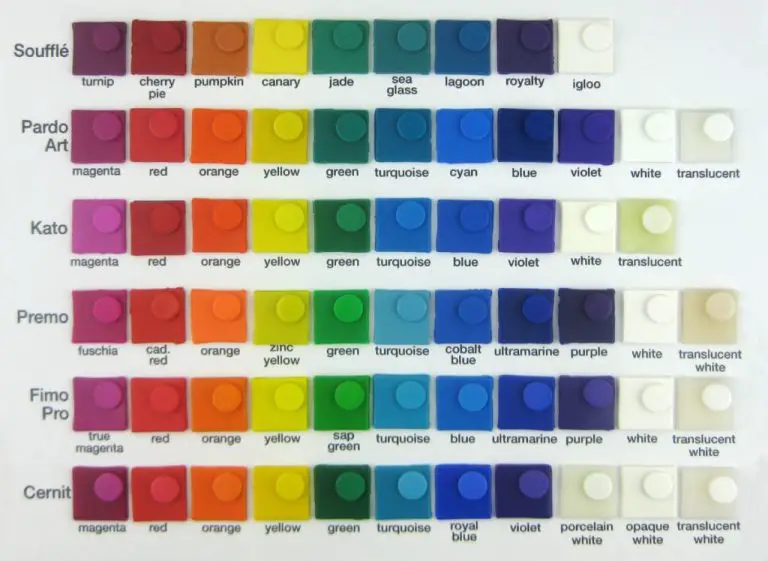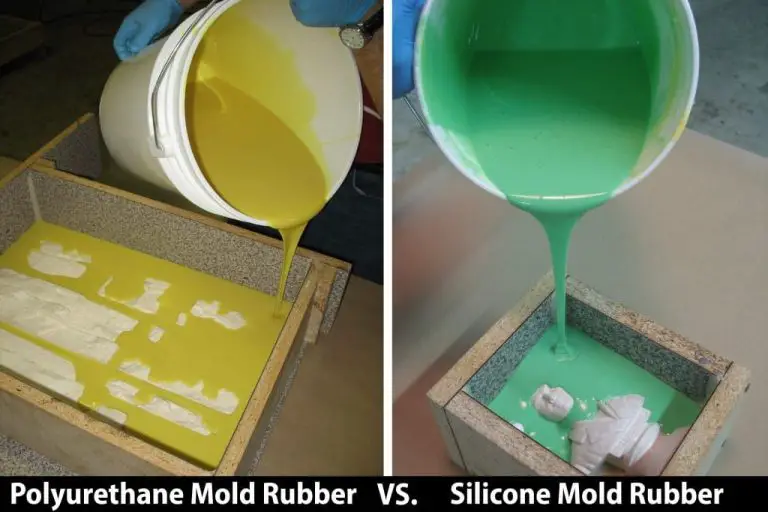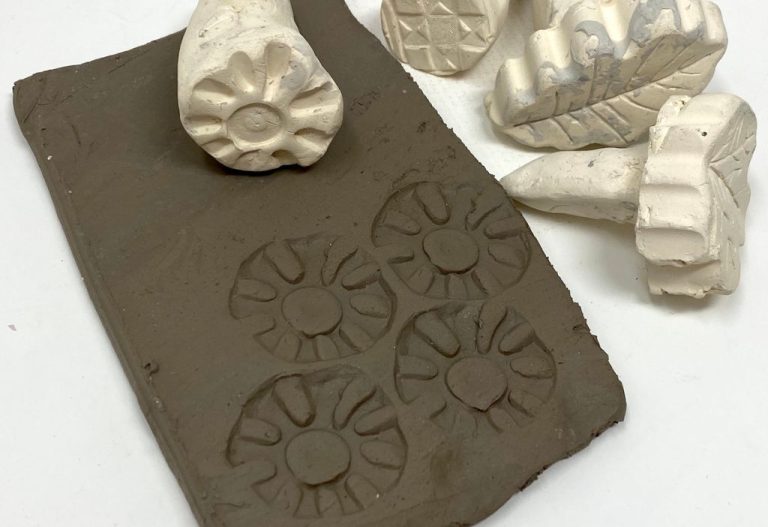How Do You Make Perfectly Round Polymer Clay Beads?
Polymer clay is a versatile modeling and sculpting material made from PVC resin and plasticizers. It can be shaped, baked, sanded, drilled, painted and finished to create decorative objects like beads, charms, dolls and more. Polymer clay is appreciated by crafters and artists because it doesn’t require special tools, lasts indefinitely if kept conditioned, and maintains fine detail.
One of the most popular uses of polymer clay is to create beads. Making round beads requires careful technique to achieve uniform size and shape. If the core is lumpy or off-center, or if the clay coating is applied unevenly, the beads will look amateurish and be difficult to string. Mastering the process of making smooth, spherical polymer clay beads is therefore an important skill.
This guide will walk through step-by-step techniques to form completely round beads with a professional finish. Following precise methods to condition the clay, shape the core, roll and smooth the outer layer, and drill the hole will ensure your handmade beads have a flawless round shape.
Gather Materials
Oven-bake polymer clay is required to make perfectly round beads. Polymer clay comes in a variety of brands and colors, allowing you to create many different looks. Select a few colors to make a patterned or multi-colored batch of beads.
You’ll need a smooth, non-porous work surface for rolling and shaping the clay. Glass, ceramic, marble, acrylic sheets all work well. Avoid using wood or paper which can stick to the clay surface. Cover your work area to keep it clean.
A roller tool or acrylic rod is needed to roll the clay into an even, smooth sheet. An acrylic rod around 1/2 inch diameter works great. You can also use a pasta machine for rolling if desired.
Measuring tools like a ruler, calipers, or templates will help cut uniform clay shapes. A metal blade or tissue blade will cut through the clay cleanly.
Condition the Clay
Before using polymer clay to make beads, it’s crucial to properly condition the clay. Conditioning helps soften the clay and makes it easier to work with. Here are the key steps for conditioning polymer clay:
First, knead the clay thoroughly with your hands. Use firm pressure and fold the clay over on itself repeatedly. Kneading helps warm the clay and makes it more pliable. Continue kneading for 5-10 minutes until the clay is very soft and smooth (1).
As you knead, you’ll also be mixing the clay to create a uniform color throughout. Blend colors together and knead until no color variations remain. Sometimes clay can pick up dust or debris which will show up as dark specks, so be sure to knead those out as well.
Kneading also helps remove any air bubbles trapped in the clay. Air bubbles can lead to cracks or imperfections when baking, so be diligent about massaging all air bubbles out of the clay (2). Folding and compressing the clay helps pop bubbles to the surface.
Once thoroughly kneaded, the clay will be soft, smooth, and ready for bead making. Take care not to over-condition the clay as too much kneading can make the clay sticky. Your conditioned clay should be uniformly colored, bubble free, and have a smooth, pliable texture.
Form the Core
The shape of the core determines the shape of the final bead. To make a round bead, start with a round core. Begin by rolling the conditioned polymer clay into a ball about 1/2 inch in diameter for a standard sized round bead. Or for a longer round bead, roll the clay into a cylinder about 1/4 inch thick and 1 inch long.
Next, insert a toothpick, skewer, or piece of wire into the center of the polymer clay core. Make sure it goes all the way through to create a hole for stringing later. The toothpick or wire will support the bead while baking to prevent slumping.
Roll the Clay
The next step is to roll the clay core into a smooth, round ball. Start by lightly dusting your work surface with cornstarch. This prevents the clay from sticking as you roll it. Take the clay core and begin rolling it between your palms applying even, gentle pressure. Slowly roll until the core forms into a ball shape. The ball should look uniform with no cracks or flat spots.

To check that the ball is perfectly round, use a measuring tool like a ring sizer or clay roller. Gently roll the ball under the sizer and check for even clearance all around. Adjust your rolling as needed until the clay slides smoothly under the sizer. According to jewelry making experts, this technique helps achieve consistent sizes for beads in a set (Source). Continue rolling and measuring until the polymer clay is in a flawless sphere.
Smooth the Surface
Once you’ve rolled the clay into a bead shape, it’s time to smooth out any flaws or bumps on the surface. This helps create a perfectly round, professional looking polymer clay bead. There are a few methods you can use to smooth the beads:
Rubbing the surface with your finger is an easy way to smooth small flaws. Use a gentle, circular rubbing motion. Be careful not to over-work any one spot, as that can distort the shape. For larger areas, use an acrylic roller or rod. Roll it back and forth over the surface, applying even pressure. The smooth surface helps smooth bumps and irregularities. According to Sculpey.com, you can also vigorously rub the bead with a soft cloth like muslin or white denim (source). Build up some speed to really smooth the clay. Like sanding wood, this polishes the surface to a uniform smoothness.
If needed, you can also carefully smooth the clay by rubbing it with isopropyl alcohol, according to polymer clay redditors. The alcohol slightly dissolves the clay surface, allowing you to blend away flaws (source). Let the alcohol evaporate fully before continuing.
Drill the Hole
Once the beads are baked and cooled, it’s time to drill the holes for stringing. For perfectly round beads, it’s important to drill the holes directly through the center. Use a drill bit that is slightly smaller than the cord or wire you plan to string the beads on. A thinner drill bit will make a cleaner hole.
To drill the hole, place the bead on a firm surface or brace it against something sturdy. Position the drill at a 90 degree angle straight above the center of the bead. Apply light pressure and drill slowly straight down through the center of the bead.
Drilling straight down through the middle helps prevent the drill bit from wandering and creating an off-center hole. Take care not to apply too much pressure or drill too quickly, as this can cause cracking or chipping around the hole edges.
Check the fit of the hole by testing the stringing material through it. You may need to redrill any rough or too tight holes with a slightly larger bit. The goal is a smooth, straight hole just big enough for the cord to pass through easily.
Cite: Humblebeads Coffee Break
Bake the Beads
Once you have formed and smoothed your polymer clay beads, the next step is to bake them in the oven to cure the clay. It’s crucial to follow the package directions for baking polymer clay. Each brand of clay will have slightly different instructions for recommended temperature and baking time.
Typically, polymer clay is baked at temperatures between 265°F and 275°F for 15-25 minutes per 1⁄4 inch of thickness. Thinner pieces may only need 10-15 minutes. Check the clay package for specifics. Preheat your oven fully before baking.
It’s best to bake polymer clay on a tray lined with parchment paper or aluminum foil. This prevents the clay from sticking. Allow plenty of space between beads so they don’t touch during baking. Once baked, let the polymer clay beads cool completely before handling.
If using a shared oven, be sure to clean it thoroughly after baking polymer clay. Some people prefer to have a dedicated oven just for clay work. Proper baking is essential for polymer clay beads to cure fully and become durable. Letting them cool completely prevents distortion.
For more specific baking instructions, refer to this helpful guide: [url of source 1]
Apply Finish
After baking, the polymer clay beads may have a matte finish. There are a few options for finishing the beads to add shine and smoothness. According to polymer clay expert Cynthia Tinapple, lightly sanding the beads after baking can help remove any irregularities [1]. Use a high grit sandpaper or sanding block and gently smooth over the surface of the beads.
Next, buff the beads with a soft cloth to restore their shine [2]. A microfiber cloth works well for this polishing step. Apply a bit of pressure as you buff in a circular motion.
Finally, you can optionally apply a liquid polymer clay glaze or sealant like Varathane if desired. This will add an extra layer of protection and sheen to the finished beads [3]. Follow the product instructions for proper application and drying time.
String and Display
Once the polymer clay beads are finished baking and cooling, it’s time to string them together to create jewelry or other designs. To string the beads, you’ll need:
- Cord, such as stretch cord, leather cord, or beading wire
- Crimp beads and crimping pliers (optional)
- Clasps for necklaces or bracelets (optional)
Follow these steps to string and finish your polymer clay beads:
Thread cord through hole: Use a thick needle or bead stringing wire to thread your cord, wire or elastic through the hole in each bead. For stretchy bracelets, elastic cord works best. For necklaces, opt for beading wire or leather/satin cord.
Knot or crimp ends: To finish the ends, either tie a knot in the cord ends or clamp crimp beads using crimping pliers to secure. Crimp beads work best for delicate materials like beading wire.
Hang or wear creations: Once finished stringing and securing the ends, you can now wear your polymer clay bead jewelry! For necklaces and bracelets, attach clasps to the ends. Or hang your beaded designs on racks or wall hangings.
Get creative with stringing your unique polymer clay beads into beautiful jewelry or decorations. The possibilities are endless!



